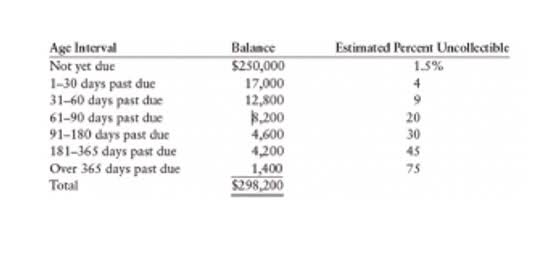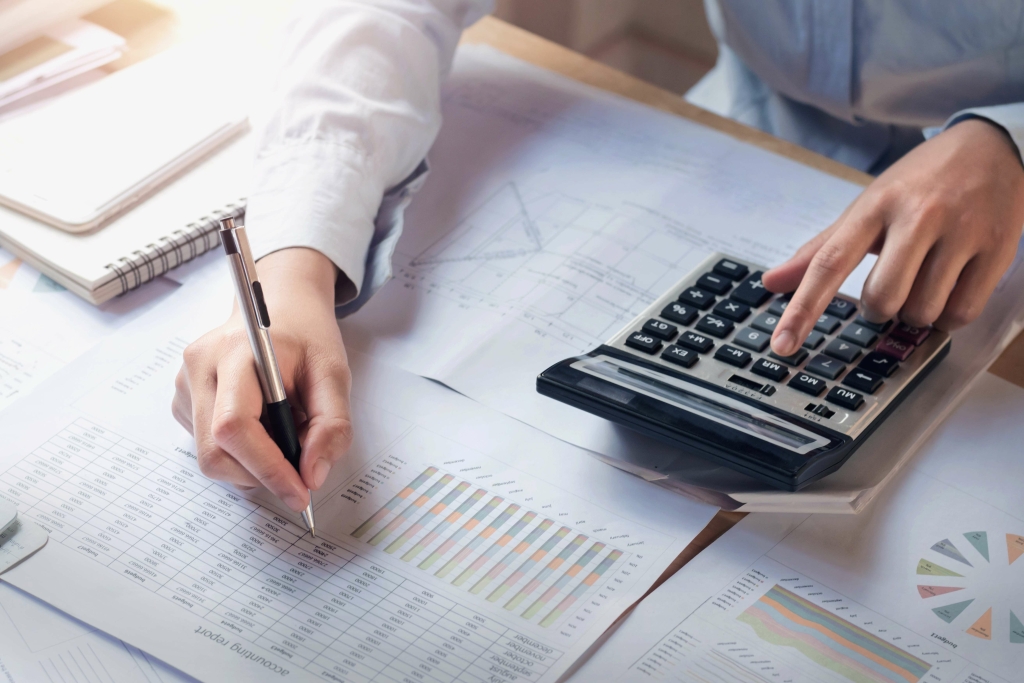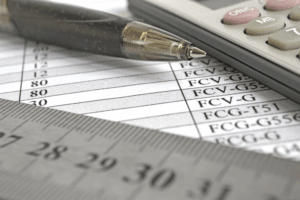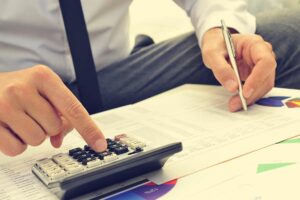¡Tu carrito en este momento está vacío!
Understanding Depreciation: Methods and Examples for Businesses

Depreciation expense is considered a non-cash expense because it does not involve a cash transaction. Because of this, the statement of cash flows prepared under the indirect method adds the depreciation expense back to calculate cash flow from operations. The various methods used to calculate depreciation include straight line, declining balance, sum-of-the-years’ digits, and units of production, as explained below. Business owners are usually familiar with depreciation methods used for tax purposes. These require businesses to spread out the reporting of costs of longer-term assets over the useful life of the asset. The Canada Revenue Agency sets the depreciation rates of different assets according to how it is categorized.

Units of Production
To claim depreciation, you must own the asset and use it for income-producing activity. Understanding depreciation helps you predict the value of your asset and claim the relevant tax deductions to reduce your total taxable income. First, it must be tangible property, such as machinery, vehicles, buildings, or office equipment. Second, the asset must be owned by the business and used in its trade or business, or for income-producing activities.
- On the balance sheet, depreciation is accounted for through a contra-asset account called “accumulated depreciation”.
- When the goods are sold, some of the depreciation will move from the asset inventory to the cost of goods sold that is reported on the manufacturer’s income statement.
- The number of years over which you depreciate something is determined by its useful life (e.g., a laptop is useful for about five years).
- Accumulated depreciation is used to calculate an asset’s net book value, which is the value of an asset carried on the balance sheet.
- Understanding which assets are subject to depreciation is crucial for business owners.
- It takes the depreciable cost of an asset and allocates it over the useful life.
What is the Definition of Amortization?

Depreciation expense is a fundamental QuickBooks Accountant component of business finance, contributing significantly to informed decision-making and precise financial record-keeping. Many entrepreneurs find this concept challenging, but understanding its true meaning and impact is essential for effective business management. The four methods described above are for managerial and business valuation purposes. Tax depreciation is different from depreciation for managerial purposes. When a depreciable asset is sold (as opposed to traded-in or exchanged for another asset), a gain or loss on the sale is likely. However, before computing the gain or loss, it is necessary to record the asset’s depreciation right up to the moment of the sale.
Human Capital Management: Understanding the Value of Your Workforce
Accumulated depreciation is known as a “contra account” because it has a balance that is opposite of the normal balance for that account classification. The purchase price minus accumulated depreciation is your book value of the asset. Since it’s used to reduce the value of the asset, accumulated depreciation is a credit.
Is Depreciation an Asset?

A $100,000 asset would depreciate by $40,000 (40% of $100,000) in the first year. In the second year, with a book value of $60,000, depreciation would be $24,000 (40% of $60,000). Salvage value (or residual value) is the estimated amount a company expects to recover from disposing of an asset at the end of its useful life. This anticipated scrap or resale value is subtracted from the historical cost to determine the depreciable amount. It plays a critical role in investment decisions, budgeting, and strategic planning.
- You can find more information on depreciation for income tax reporting at
- The depreciation expense amount changes every year because the factor is multiplied with the previous period’s net book value of the asset, decreasing over time due to accumulated depreciation.
- Almost all intangible assets are amortized over their useful life using the straight-line method.
- This accounting technique is designed to provide a more accurate depiction of the profitability of the business.
What Property Cannot be Deprreciated?

An integral part of transparent reporting practices is the treatment of assets and particularly their depreciation. As the company would already account for the initial investment as a cash outflow. Each year after the depreciation expense meaning purchase, Jim will allocate that year’s cost of the machine using the straight-line method.
- Here, we are assuming the Capex outflow is right at the beginning of the period (BOP) – and thus, the 2021 depreciation is $300k in Capex divided by the 5-year useful life assumption.
- The cost of inventory should include all costs necessary to acquire the items and to get them ready for sale.
- Future years’ results will vary as the number of units actually produced varies.
- While depreciation is a non-cash expense, its impact on net income and, consequently, on taxes, indirectly affects a business’s cash flow.
Useful life is the estimated period an asset is expected to be productive. This estimate, expressed in years, units of production, or hours, requires professional judgment. For example, a delivery truck’s useful life might be in years, while a manufacturing machine’s could be tied to units produced.
- Depreciation and Amortization are accounting methods used to allocate the cost of an asset over its useful life, but the application pertains to different types of assets with distinct characteristics.
- One of the main financial statements (along with the statement of comprehensive income, balance sheet, statement of cash flows, and statement of stockholders’ equity).
- Accounting standards do not allow us to expense the entire value of the asset in the year they are purchased because their value is derived over a longer period of time—called their expected useful life.
- Components of the calculations and how they’re presented on financial statements also vary.
- This method is often chosen for assets that lose value quickly or become obsolete more rapidly, such as certain types of technology.
- Depletion is calculated by cost or percentage, and businesses usually choose the method giving the largest tax deduction.
- Businesses employ various methods to calculate depreciation, each distributing the asset’s cost differently over its useful life.
Depreciation and Amortization (D&A): Definition
This distinction is significant because it impacts net income but not the immediate cash position of the business. Companies often calculate depreciation differently for financial reporting (accounting depreciation) and tax purposes (tax depreciation). Accounting depreciation aims to present an accurate financial position, whereas tax depreciation often seeks to optimize tax deductions, with rules set by bodies like the IRS. This means that while it is recognized on the income statement and reduces profit, it does not involve an actual bookkeeping outflow of cash in the period it is recorded. The cash outflow for the asset occurred when it was initially purchased.
por
Etiquetas:
Deja un comentario